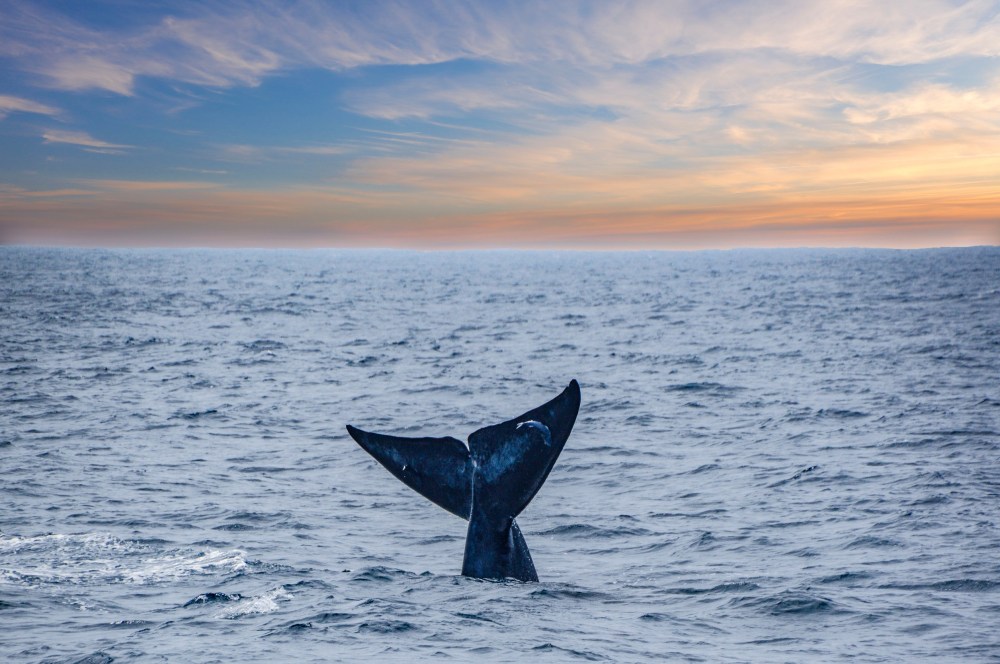The Endangered Status Of Blue Whales: Understanding The Threats And Conservation Efforts

Education and widespread attention to the issue has helped reinforce efforts to protect endangered species for decades. That’s why it is essential to educate anyone who is still wondering, “Are blue whales endangered?” The answer is yes, but their numbers can be replenished with the proper conservation interventions.
Why Are Blue Whales Endangered?
Whale oil was a significant part of the industrial revolution, and several species were hunted to the brink of extinction. Blue whales were among the species most affected, alongside humpback whales and gray whales. The whaling industry was important from the 16th century to the 1960s when the critically low numbers led to widespread bans on the practice and conservation efforts.
While conservation has helped, rebuilding a population’s numbers is always challenging. Blue whale endangered species population counts have been increasing in surveys over the last few decades, but much more work is needed to restore the population to healthy levels.
Immediate Threats To Blue Whales
While whaling no longer poses a threat, human-made hazards still threaten the blue whale population in the Pacific. Blue whale San Diego observation tours often spot scars and other signs of old injuries from boat strikes. The shipping industry poses the most significant threat in congested areas with several overlapping cargo routes that see heavy use.
Entanglement in fishing nets also poses a significant threat to migratory whale populations. Areas with a lot of commercial fishing create hazards because the nets are too thin to be detected by many kinds of whales and dolphins. Since migration patterns are reliably seasonal, this is a potentially avoidable hazard if the migration routes are regulated heavily and protected. There are also additional hazards posed by changing sea temperatures, chemical pollution, and noise pollution from sea traffic.
How Many Blue Whales Are There in 2023?
Currently, the best scientific estimates for the blue whale population are between 10,000 and 25,000 globally. That is a very small number for any species, even a large and long-lived one. If all of today’s blue whales were people, they would only add up to about a quarter of the population of many small American cities. Luckily, some things can be done to protect blue whales until those numbers rebound.
Conservation Efforts, How Can We Help?
The easiest way to directly impact conservation efforts is to participate in something like a sponsorship program that allows you to donate directly to the cause. There are also non-profit conservation groups you can join, which tend to run those programs such as the American Cetacean Society. Joining helps you learn more about how to take action.
Even without joining a conservation group directly or contributing money regularly, you can help raise awareness by educating yourself and others about whales and other endangered species. The more people understand these creatures and their roles in several of the ocean’s ecosystems; the easier it will be to achieve the kind of international action needed to reduce vessel strikes and remove fishing nets from migratory routes. However, if you choose to do it, start your conservation journey today to help the effort to save blue whales.
